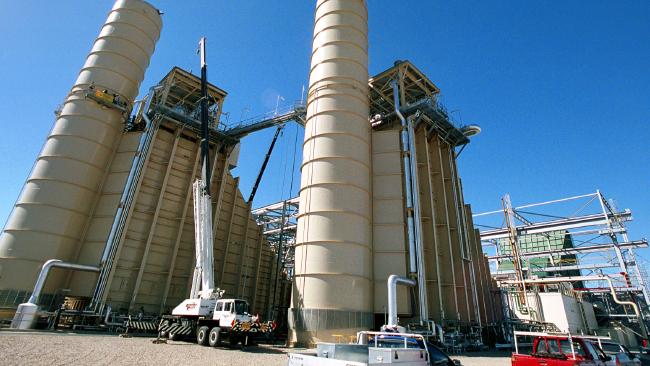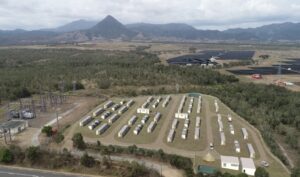The Victorian government has declared the combination of renewable generation and energy storage as the cheapest source of new peaking power, in documents detailing the state’s $25 million large-scale battery storage scheme.
As formally announced last week, the Andrews Labor government is seeking two 20MW battery storage installations – with a total of 100MWh of storage – to be located in the western part of the state where network strength is low and renewables penetration is high.
And it wants them up and running nice and quick, in time for the next summer peak demand period, in January 2018.
This shouldn’t be a problem, considering the exceptionally strong market response to its call for expressions of interest, which attracted more than 100 enquiries.
That was more than South Australia managed to attract for its own, equally ground-breaking energy storage tender, which attracted more than 90 proposals submitted in the first fact-finding round, indicating the massive possibilities with the technology. The Northern Territory is also in the process of launching a tender for 5MW battery storage, to help reduce gas generation and integrate high levels of solar power. And in Queensland, the government is extending a residential battery storage trial.
But in a six-page FAQ document detailing the particulars of the scheme, the Victorian government goes into detail about why it has chosen to go with large-scale battery storage – and why now – rather than other renewable energy balancing technologies.
“Deployment of 2 by 20MW/100MWh of battery storage builds a fit for purpose system, that supports demand management, energy trading, supply management, power stability, reliability and new consumer products,” the document says.
And, citing an “extensive study” from energy market analysts RepuTex, the government argues that it does those jobs more economically than other possible options – even beating out peaking gas.
“While gas-fired generation has been the ‘least cost’ source for power in the form of peaking and load following, analysis now shows that renewables + storage have surpassed gas as the cheapest source of new peaking power,” the report says.
“This is due to the combined impact of rising domestic gas prices and falling costs of storage technology.
“This means that renewables (with storage) will be able to provide reliable energy supply even when the wind is not blowing or the sun not shining – a significant step in allaying intermittency concerns.”
The claims hammer another nail into the coffin of Australia’s gas power market, which was also this week hit by comments from AGL Energy CFO Brett Redman, that baseload gas will be bypassed, largely, in the shift from big coal to big renewables.
Redman, who fell short of saying renewables + battery storage was cheaper than peaking gas plant, but puts the two about on par, told a conference in Sydney on Tuesday that the increasing costs of gas were pricing them out of the future NEM at prices ranging from $100-$130/MWh – “not including a carbon cost.”
“On these numbers, it’s easy to see how, in an environment where the cost of renewables is falling and the gas price is high, a long-term investment case for baseload gas might not stack up,” Redman told the conference.
“In Australia, this points to gas having a near-term role to continue to firm renewables via gas peakers – but not being the lowest cost replacement for baseload coal,” he added.
“The market already demonstrates this view.”









